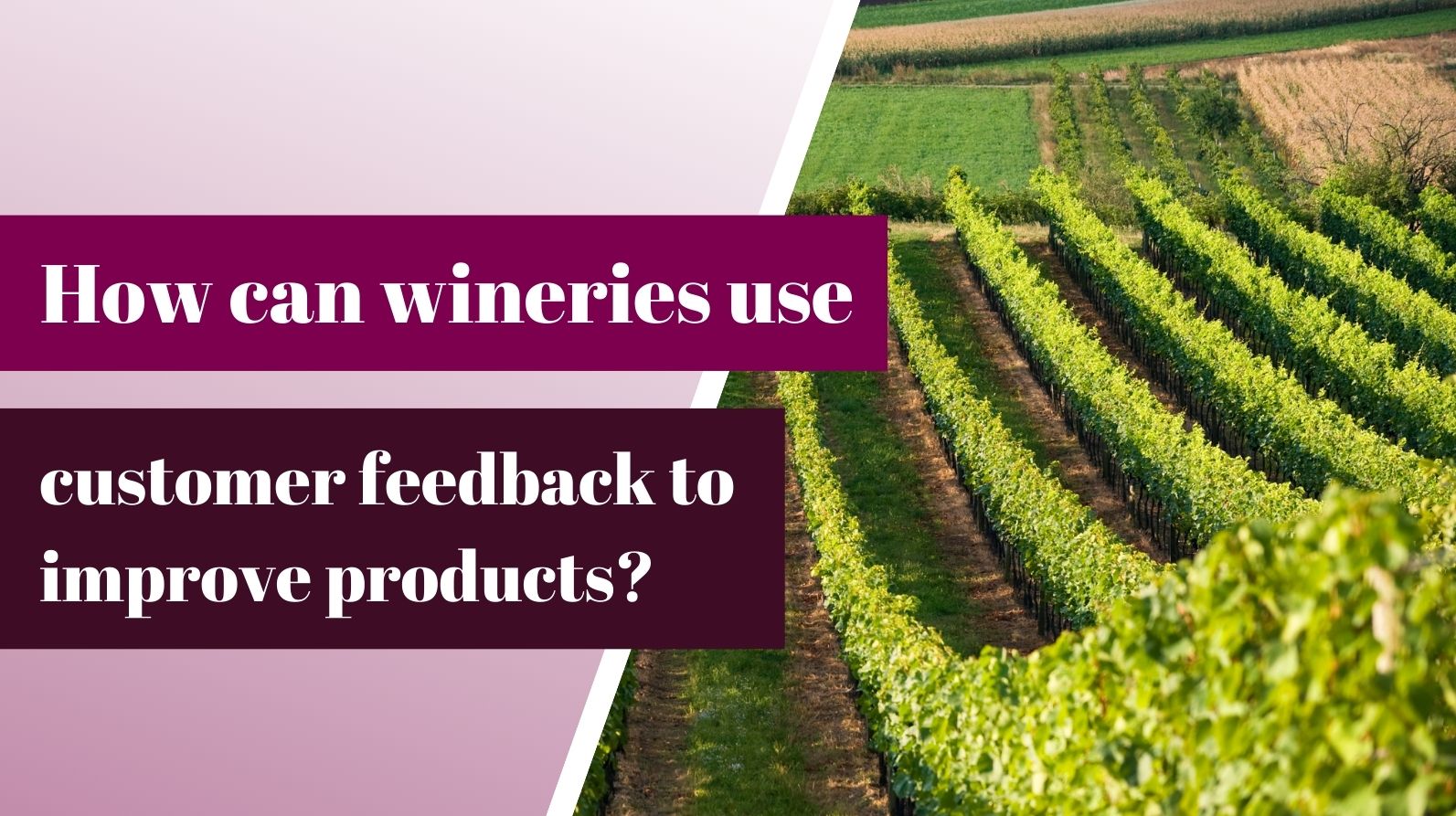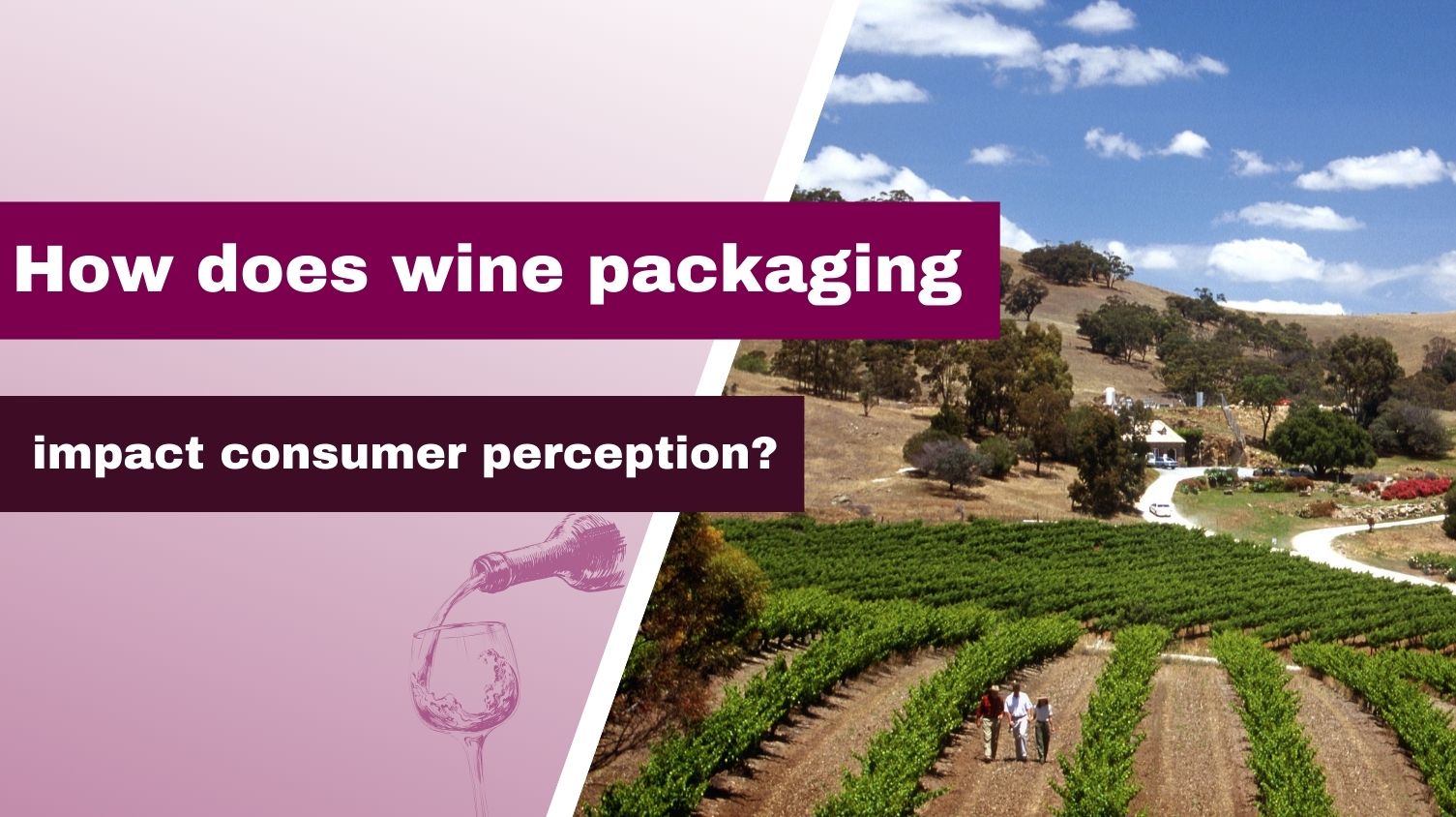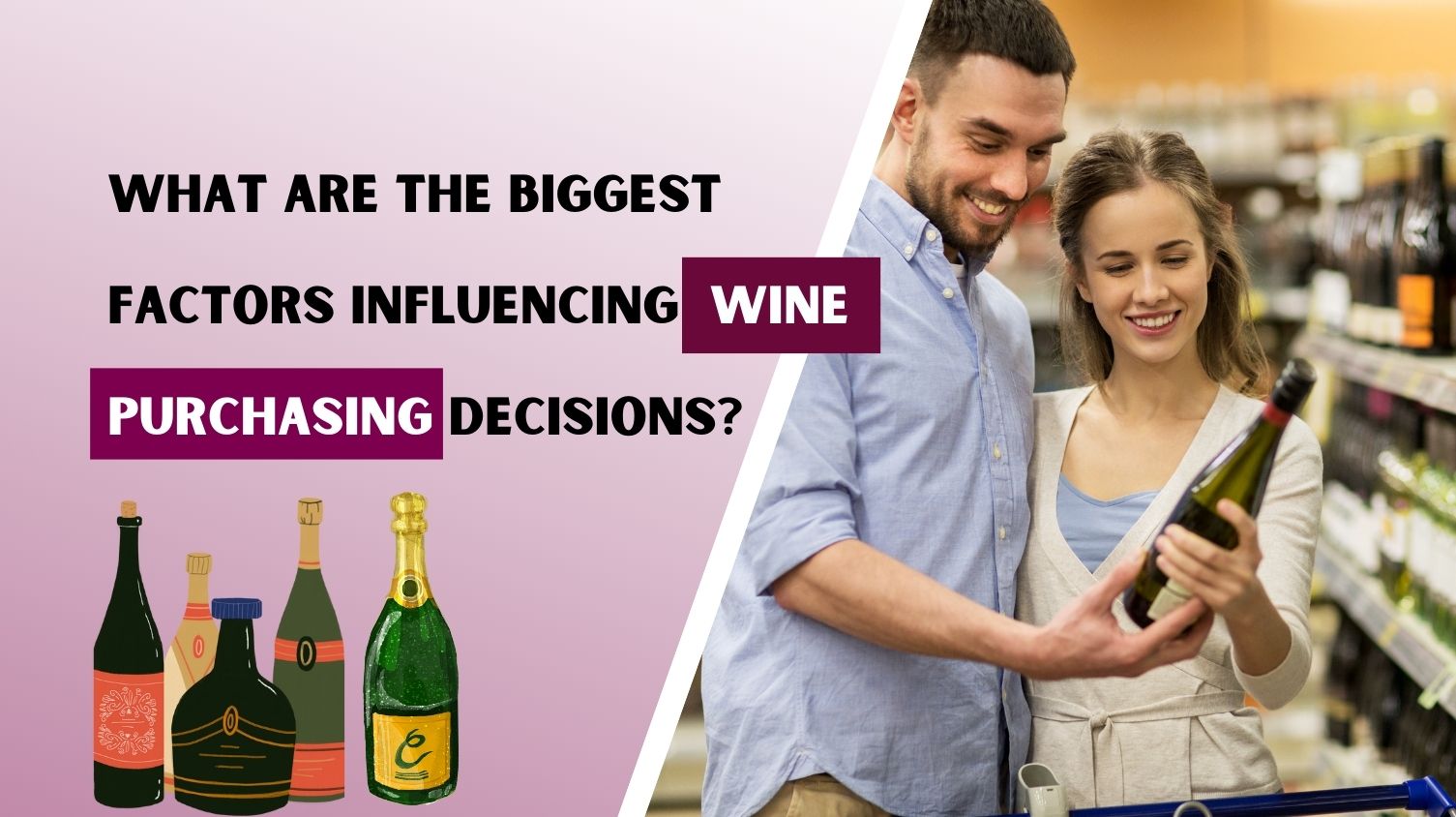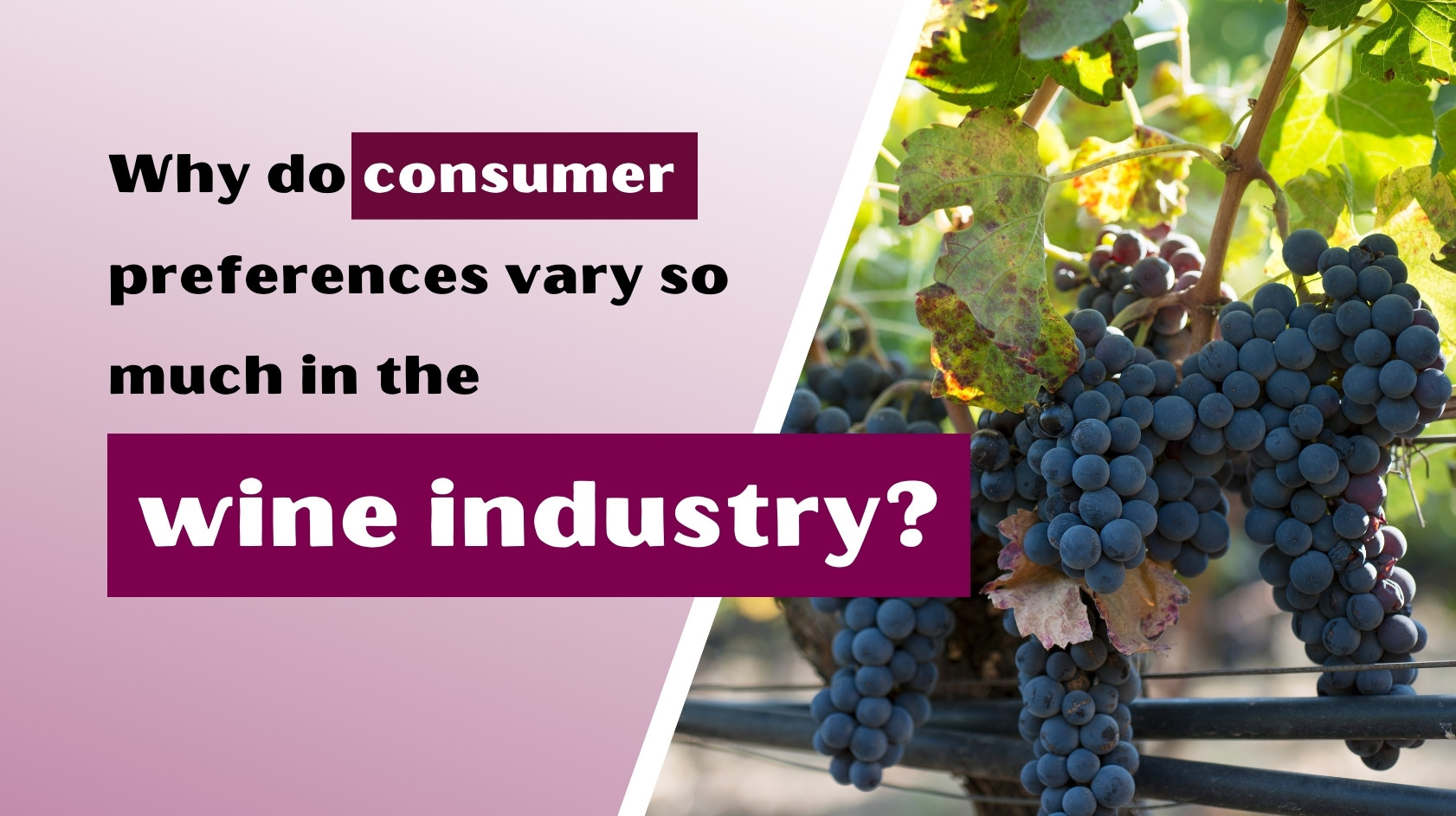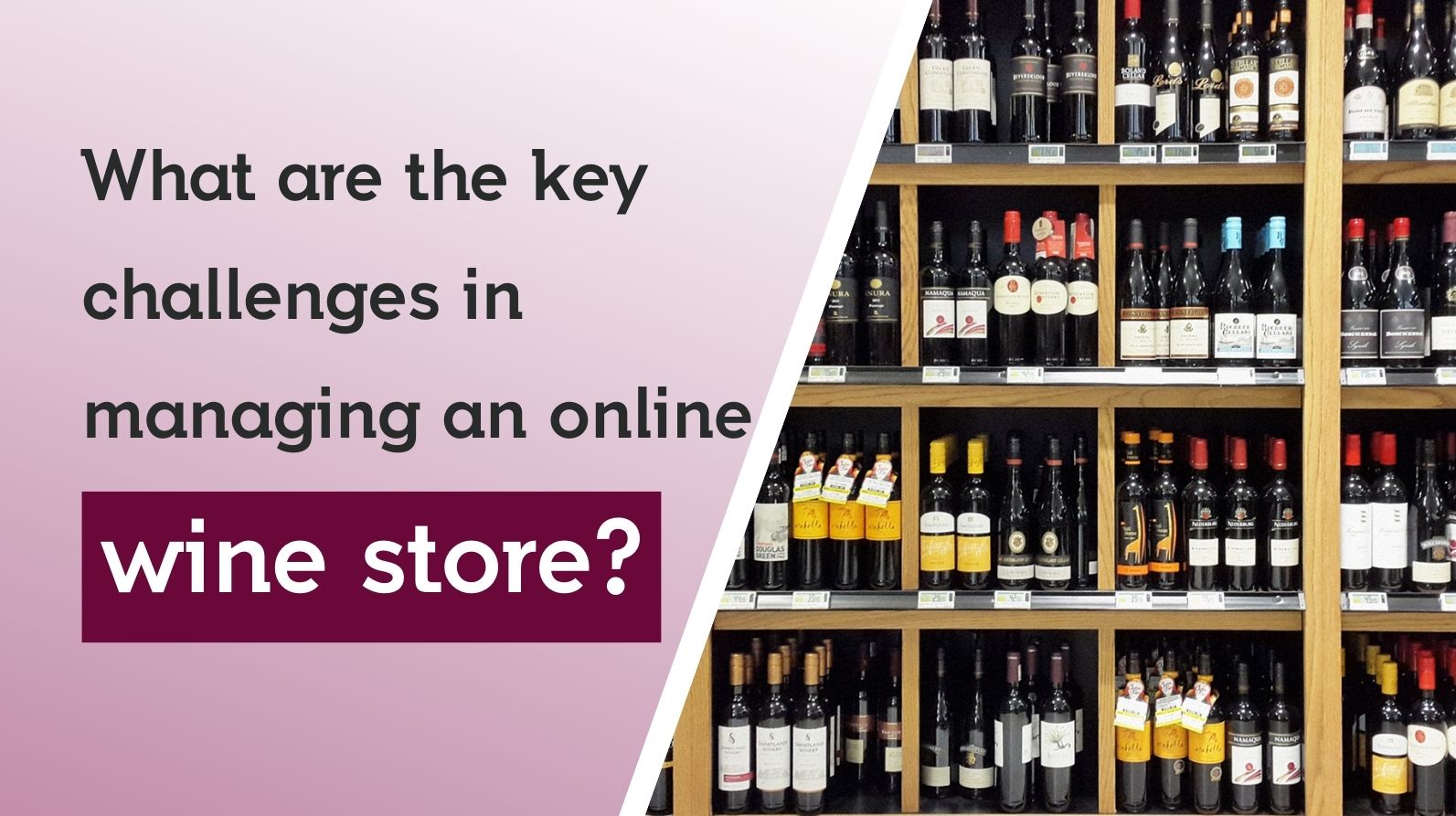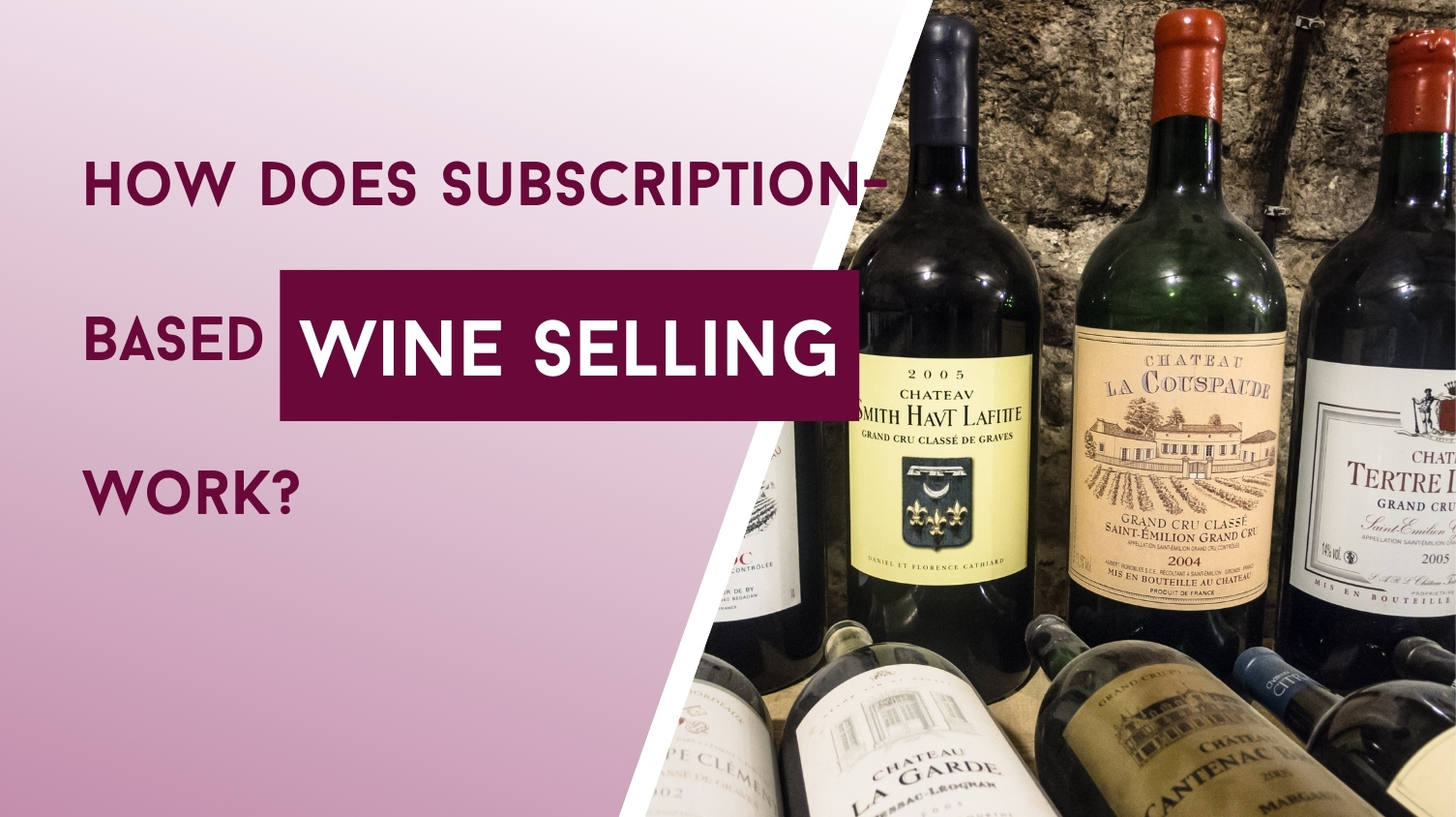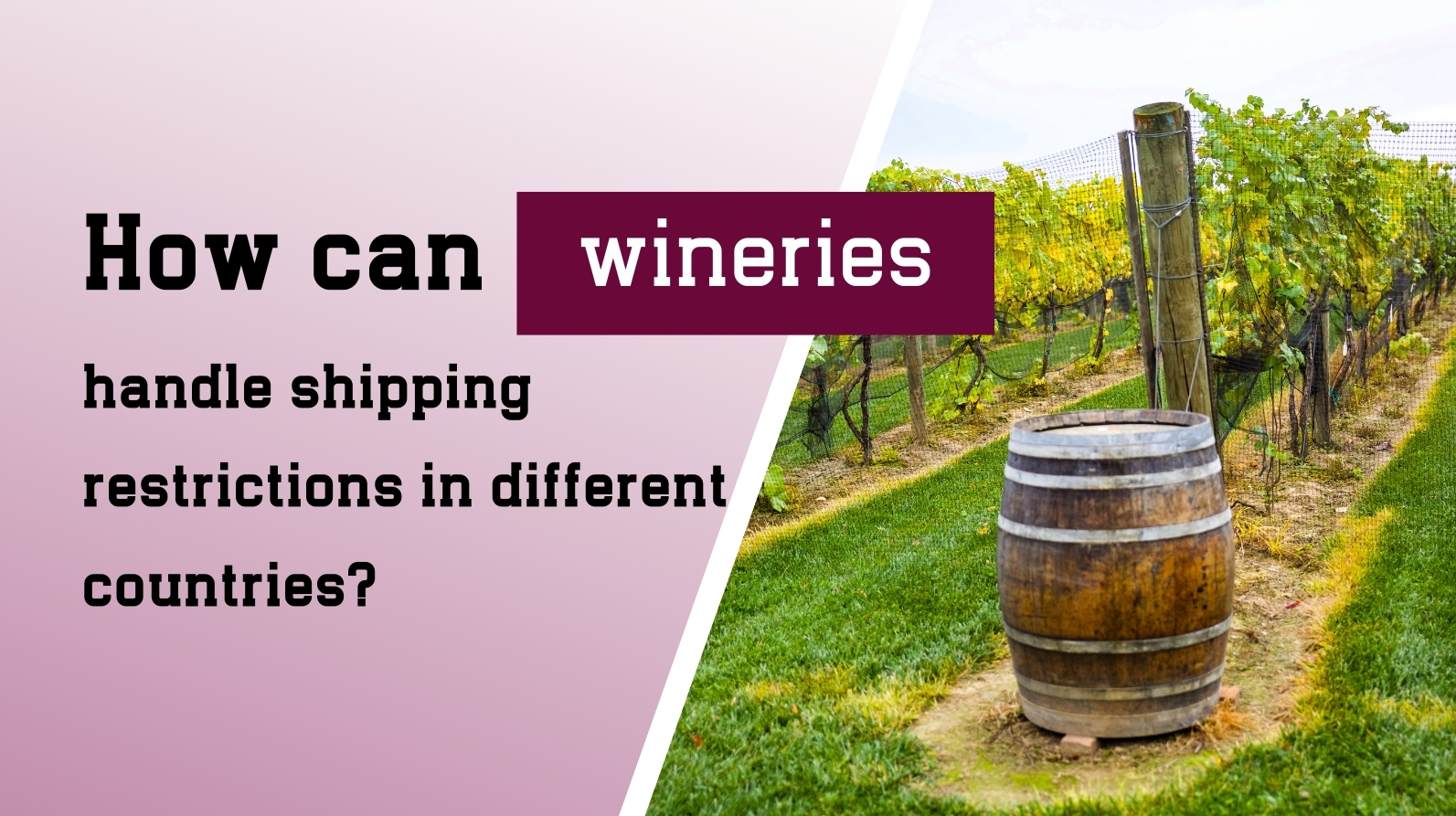15 Smart Pricing Strategies for Selling Wine Online in 2025
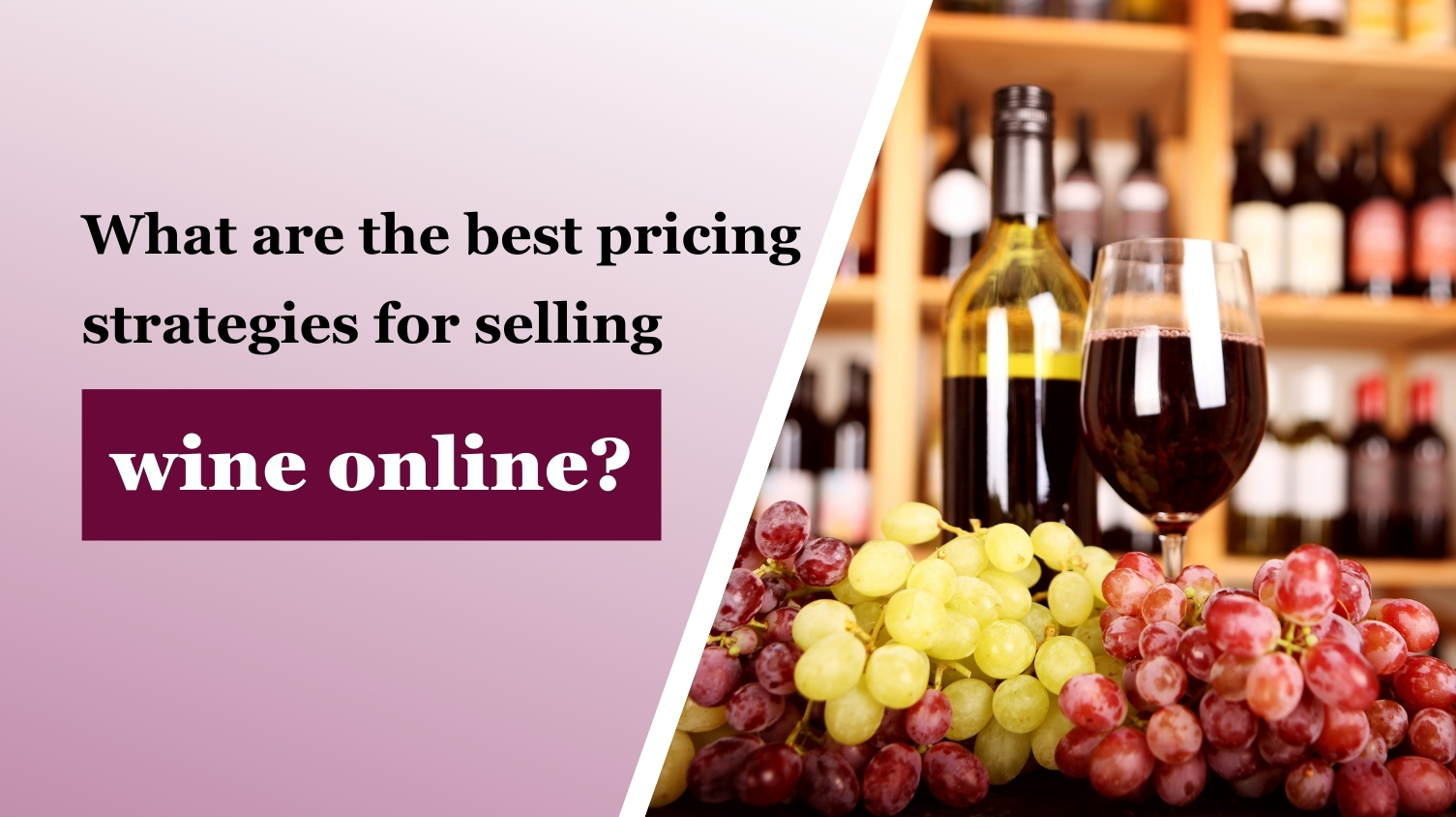
15 Smart Pricing Strategies for Selling Wine Online in 2025
1. Know Your Costs
Before setting a price, figure out how much it costs to make and sell your wine. This includes:
Ingredients like grapes
Bottling and packaging
Marketing and advertising
Shipping and website maintenance
When you know your total costs, you can set a price that covers everything and still makes you a profit.
2. Check Out the Competition
Look at how much your competitors are charging for similar wines. This helps you understand what customers are used to paying. But don’t just copy their prices—focus on what makes your wine special, like taste, story, or customer service.
3. Use Value-Based Pricing
Instead of just covering your costs, think about how much value your wine brings to the customer. Are they buying for a special occasion? Do they love your brand story? If your wine feels premium or exclusive, people may be happy to pay more.
4. Try Dynamic Pricing
This means changing your prices based on demand or time of year. For example:
Raise prices during the holidays when people buy more
Offer discounts during slower months
You’ll need good data and tools to track demand and make smart changes.
5. Offer Good-Better-Best Options
Create three levels of wine:
Good: A basic wine that’s budget-friendly
Better: A mid-range wine with more features or better quality
Best: A high-end wine with premium ingredients or packaging
This gives customers choices and can help increase your total sales.
6. Use Psychological Pricing
The way prices are shown can affect how people feel about them. For example:
$19.99 feels cheaper than $20
A flat $30 might feel higher quality than $29.99
Small changes can have a big impact.
7. Start a Wine Club or Subscription
Wine subscriptions give people regular deliveries of wine and give you steady income. You can offer:
Member-only discounts
First access to new wines
Special personalized picks
This builds loyalty and keeps customers coming back.
8. Bundle Wines and Offer Volume Discounts
Encourage people to buy more by bundling bottles or offering case discounts. For example:
3 bottles for a special price
10% off when buying a full case
People love a deal, and you sell more wine per order.
9. Be Transparent About Pricing
Always be clear about what customers will pay. Show shipping fees, taxes, and any other charges upfront. Surprise costs at checkout can lead to people leaving your site without buying.
10. Use Data to Make Smarter Pricing Decisions
Look at your sales data to see what’s working:
Which wines sell the most?
When are people buying?
Which price points get the most clicks?
Use this information to adjust prices and run better promotions.
11. Create a Three-Tier Pricing Model for Distributors
If you sell your wine to wholesalers and retailers, set pricing that works for every level:
Your price to the distributor
Distributor price to the store
Store’s final price to the customer
Make sure everyone can make a profit while keeping prices fair.
12. Watch the Market
Stay updated on what’s happening in the wine industry. If there’s too much supply or demand shifts to organic wines, you may need to change your pricing or product focus. Following market trends helps you stay competitive.
13. Don’t Overuse Discounts
Discounts can boost sales, but if you use them too much, people may stop seeing your wine as special. Keep discounts short-term and special, so customers feel excited to buy.
14. Match Prices to Customer Preferences
Think about what your customers care about. Are they into sustainable products? Do they shop mostly online? You might be able to charge more for eco-friendly packaging or local delivery.
Understanding your audience helps you set prices they’ll accept and appreciate.
15. Use Technology to Set the Right Price
Today, smart pricing tools can help adjust your prices automatically based on:
What your competitors are charging
What your customers are doing
What’s happening in the market
These tools save time and help you stay competitive.

